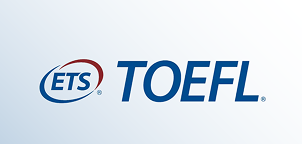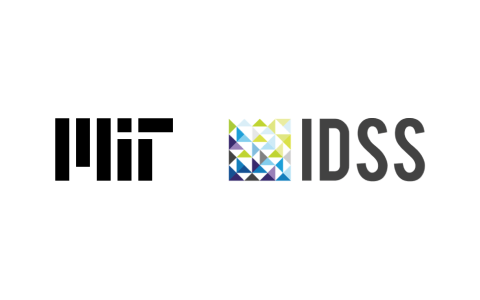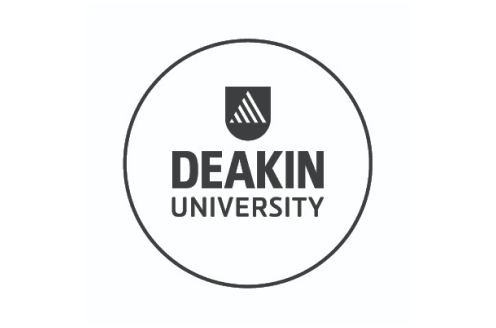Cassandra Tutorial
Enhance your knowledge of effective database management through our Cassandra Tutorial. Comprehend the crucial concepts like the cap theorem, etherpad, and elastic linear scalability and establish your career in Cassandra.

Ratings
Level
Learning hours
Learners
Skills you will learn
About this course
This free course on Cassandra Tutorial aims at empowering you with practical data management skills. You will first learn about the difference between SQL and NoSQL techniques. Moving further, you will know more about NoSQL techniques for handling data. Along with getting introduced to Cassandra, you will understand the crucial concepts like the cap theorem, elastic linear scalability, and etherpad. Lastly, you will understand the working of Cassandra, distributed workloads, and schema. Enroll in this course and complete the modules, along with a quiz at the end of this Cassandra Tutorial and secure your certificate.
Want to seek a career in Cloud Computing? Great Learning offers the Best Cloud Computing courses that deliver the in-demand skills industries demand. Enroll in any top-notch program that supports your career path and achieve a course completion certificate.
Course Outline
Big Data represents data volumes that are too large or complex to be analyzed using traditional methods. This module explains Big Data, who uses it, and why we should care about the massive amount of data produced.
This module focuses on types of NoSQL like Wide Row, Columnar, Key/Value, Document, and Graph with the help of an example.
This module contains an in-depth explanation of the various pros and cons of SQL and NoSQL.
Cap Theorem is a significant concept that lays the foundation that explains why one would choose masterless and master-slave architecture. This module briefly discusses the Cap theorem and explains it with the help of examples.
Cassandra is an open-source and free NoSQL database management system with no single point of failure. This module briefly introduces you to Cassandra and thoroughly explains with the help of an example.
 UPGRADE
UPGRADE
Recommended university programs
What our learners enjoyed the most
Skill & tools
61% of learners found all the desired skills & tools
Frequently Asked Questions
Will I receive a certificate upon completing this free course?
Is this course free?
What are the prerequisites required to learn this Cassandra Tutorial course?
No specific prerequisites are mentioned for this free course. You can easily start learning Cassandra at an intermediate level without any basic knowledge.
How long does it take to complete this free Cassandra Tutorial course?
This course contains 2 hours of video content. You can pick up the modules and learn them according to your preferred schedule.
Will I have lifetime access to the free course?
Yes. You can revisit this course whenever you need to brush up on Cassandra's concepts.
Cassandra Tutorial
What is Cassandra?
Cassandra is an open-source and distributed data storage system from Apache that is highly scalable. The Cassandra tutorial explores the brief introduction to Cassandra, its key features, understanding Cassandra with other concepts such as NoSQL databases and more.
Why should you enroll in Cassandra Tutorial?
There are a plethora of Cassandra courses to choose from depending on individual preferences and level of understanding, but our Cassandra tutorial is well-suited for beginners or someone who wants to revise the basic concepts of Cassandra.
The course starts with the basics of NoSQL with Cassandra, types of NoSQL, and cap theorem. It then covers the foundational concepts of Cassandra, followed by understanding distributed workloads and working with schema. The course follows a structured pattern that allows an easier understanding of topics step by step. It is so easy to understand that even an individual with no prior technical background can learn it. Besides, it is available free of cost, and you also receive a certificate of completion at the end of the course. You can share this certificate with your employer or on your professional network, such as LinkedIn.
Who is this course for?
Cassandra tutorial is beginner-friendly and designed by professionals in a way that it is easily understood by any individual or experienced professional. The course is ideal for :
-
Database analyst (Beginner or professional)
-
Database administrators (Beginner or professional)
-
Anyone curious about learning something new.
Features of Cassandra :
The key features of Apache Cassandra include :
-
Scalable -The column-oriented database follows a masterless design that makes it highly scalable without any operational or technical difficulties.
-
High performance -It is easy to increase performance in Cassandra by simply adding more nodes.
-
Masterless architecture -The masterless architecture of Cassandra facilitates the writing and reading of data on any node.
-
No point of failure -Cassandra follows a Dynamo-style replication model, just like that of Amazon. This makes it easier to replicate data on various nodes without a single point of failure involved.
-
Recovery -It is easy to restore and recover failed nodes in Cassandra.
-
Data protection -The data is fully protected in Cassandra with secure backups and restore options.
-
Fault-tolerant -Its distribution design and operational simplicity make it consistent and tolerant to faults.
-
Query language -The Cassandra Query Language (CQL) is similar to SQL that can be helpful for professionals and users with an understanding of relational databases. It provides a comfortable transition to Cassandra for relational database developers.
-
Flexibility - Cassandra is apt at handling various types of data, such as structured, unstructured, and semi-structured. This gives users the flexibility to work with ample data and store it accordingly.
-
Data distribution - Cassandra offers flexible data distribution for easy access across multiple data centers and the cloud. This makes it a favorable choice for many enterprises.
-
Reliable - Being a highly reliable database, Cassandra is used for storing huge amounts of data records by digital giants such as Facebook, Twitter, Netflix, Uber, Spotify, eBay, and more.
Why should you learn Cassandra?
With the advent of the internet, companies have to handle a large amount of data every day. Especially in the realm of NoSQL databases, Apache Cassandra has emerged as the preferred choice for handling huge volumes of big data. It has now become a global phenomenon, with all major Fortune 500 companies relying on Cassandra to manage good amounts of structured data. To elaborate this further, we have enlisted top reasons to learn Cassandra today :
-
Huge demand in the job market: Cassandra professionals are in high demand in today’s job market. With an increasing need for data management and storage, employers at big companies are seeking Cassandra as an important skill while hiring new employees. The numbers are expected to grow exponentially in the coming years, and demand for Cassandra developers is certainly going to rise. This is especially due to the transition from traditional database to NoSQL in leading IT and technology companies.
-
Ideal for big data management : The era of big data is here to stay, and it is constantly evolving to meet the demands of the industry. Handling big data can be challenging, especially, when it comes to finding a suitable NoSQL database to do so. Cassandra is fast becoming the most preferred and utilized NoSQL database system to manage and store loads of data generated from our mobile devices, point of sales, and even weather forecasting satellites. Its distributed database architecture is perfect for storing extremely large data records and safeguarding any potential data losses. The presence of commit log and cluster nodes prevents data losses via replication. Another advantage of using Cassandra is that it can help users seamlessly manage data across various data centers and on the cloud.
-
High performance and scalability among other NoSQL variants: The consistent performance, scalability, security, and availability make Cassandra one of the leading choices among other NoSQL variants. It even helps in lowering costs and provides a competitive edge against other options such as HBase, Redis, and MySQL. Cassandra also simplifies the operational processes and can be used by relational database developers as well due to the similarities of its query language with SQL.
-
A promising and reliable option for Fortune 500 companies: The open-source database is an attractive option to be used by Fortune 500 companies gives its key features and applications. Cassandra offers a better alternative to other NoSQL variants in an environment where an enormous amount of data is generated. Many top Fortune 500 firms across media, communication, IT, social media, and e-commerce sectors such as Facebook, Instagram, IBM, Walmart, Twitter, Uber, etc., have been relying on Cassandra to scale up their technological operations. Initially developed by Facebook to overcome its inbox search issue, Cassandra is now adopted by thousands of big firms to manage their throughput of loads of user-generated data.
-
Shift from relational to NoSQL: Cassandra sits at the forefront of the evolution of relational data to NoSQL database system innovation. With major organizations slowly shifting from relational databases to NoSQL for data storage, it has become the need of the hour. For instance, Netflix transitioned from Oracle to Cassandra to store over 95% of their data, including their user watch history and more for its million users.
The ability to read and write any type of data in its nodes with availability across various data centers around the world and even on the cloud makes it a compelling reason to upgrade to NoSQL. Most leading firms have outgrown their RDMBS model and migrated to Cassandra for its many benefits. It is an ideal database for the fast processing of high-speed data with accuracy and without any trouble of losing it. Cassandra also overcomes the problem of a single point of failure in the relational database by storing data in various clusters.























.jpg)
.jpg)
.png)












